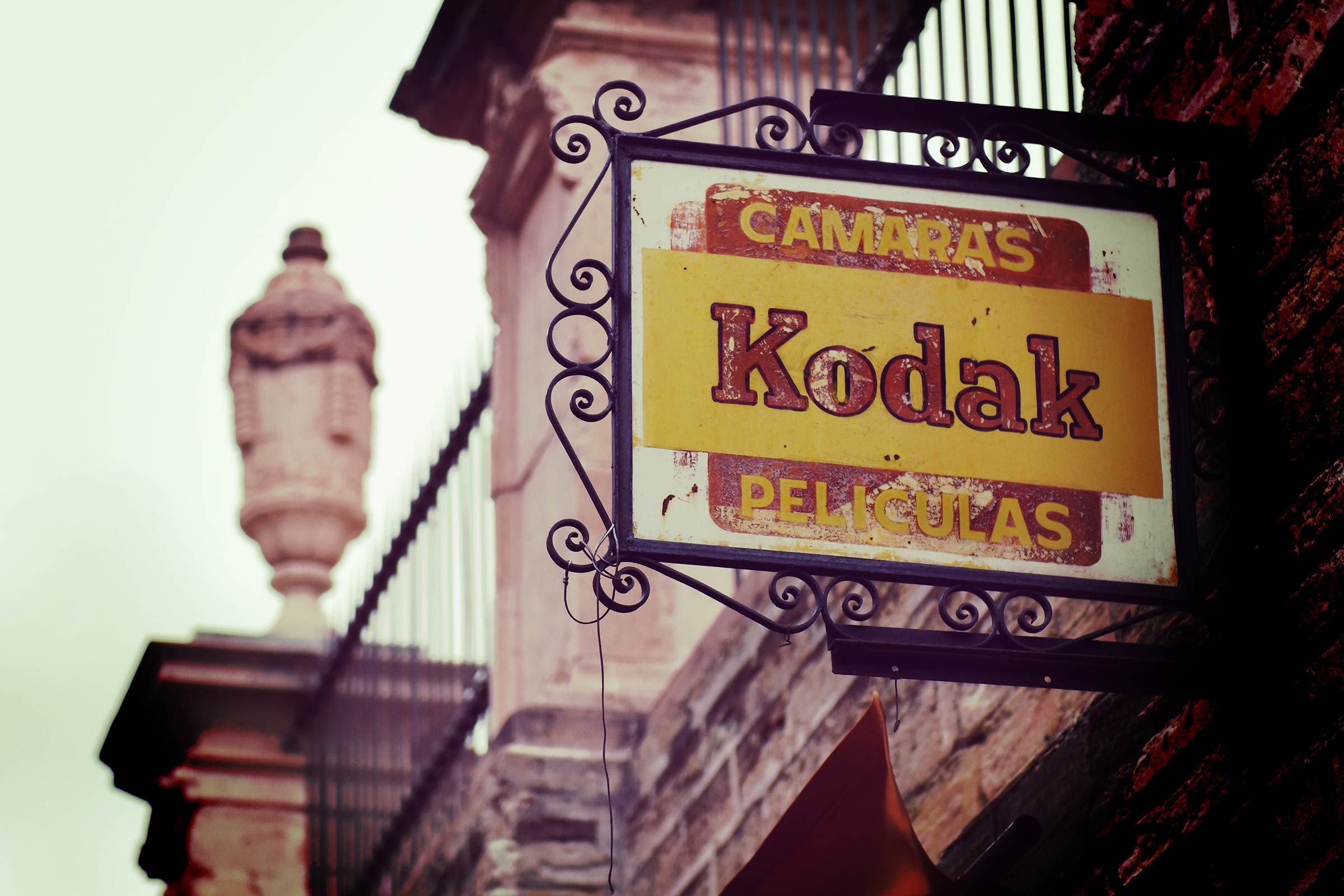
A History of Panoramic Photography
The earliest known photograph was produced in 1835, by William Henry Fox Talbot. Talbot produced a negative image of a Latticed Window at Lacock Abbey, which was then used to create positive photos using the contact printing method. Talbot’s image predated daguerreotype by five years. He was a trailblazer for photography, and within six years, he had developed the technology to stabilise images to prevent fading.

Latticed window at Lacock Abbey, August 1835. A positive from what may be the oldest existing camera negative.
Before long, photography became the medium of choice. In the early years, it was used to capture images for scientific purposes, but by 1848, photography expanded into the entertainment and education sector. Leading photographers of the day were continually looking for ways to improve their techniques, particularly when capturing images of landscapes and cityscapes.
Early Panoramic Photographs
Panoramic shots were a challenge. The earliest panoramic photographs were one or more daguerreotype images placed side by side. An image of San Francisco dating from 1851 illustrates the technique. The original image used 11 plates, but the only version of the photograph still in existence was made using five plates.
George Barnard was an early practitioner of panoramic photography. He produced panoramic photographs of fortifications and terrain for the Union Army during the American Civil War, which gave generals and engineers a strategic advantage. A panoramic photo taken from the top of Lookout Mountain in Tennessee in 1964 is held in the Library of Congress. The image was created using multiple wet-plate glass negatives. Each plate was coated with a light-sensitive emulsion, which was exposed and developed in the field. Barnard pointed his camera, exposed a plate to make a negative, and then rotated the camera to the next section of the view to make the next negative, and so on.
Prints were made by placing a light-sensitive sheet of photographic paper on the negative. The frame was then placed in the sun until the image achieved the right density. Photographic prints were then fixed and washed, trimmed and mounted in the correct configuration.
Technology Evolves
By the late 19th-Century, technology had evolved, and cameras were now being produced to take nothing but panoramic shots. By now, photographers were using celluloid film rather than glass plates. There were two main types of camera developed specifically to shoot panoramic photographs. One type of camera had a swing-lens where only the lens rotated whereas the other, a rotation camera, rotated on a 360-degree axis.
Swing-Lens and Rotation Cameras
One of the earliest examples of a swing-lens camera was the Kodak Panoram #1, which was first produced in 1900. The camera used a 105-size film, but many early Kodak #1s were adapted to take 120 size film so it is possible to use them today.
Rotation cameras were often used to take old-fashioned class photos. Because there was a degree of distortion in perspective as the camera panned over the group, subjects often stood in a crescent-shaped line. It took a while for the camera to pan over the entire group, so students at one end would sprint to the other and appear in the same photo twice.
Dealing with Distortion
Distortion was a big problem with early panoramic photography – as it can be today. Distortion of the image was most evident in cityscapes when the photographer placed his camera at an intersection between two streets. The straight road across the intersection appears curved in the final image, which is caused by the change in distance between the lens and subject.
Mass-Produced Cameras
Panoramic photography proved popular, and not just with professional photographers. The first mass-produced panoramic camera became available in 1898. This was called the Al-Vista. It was followed shortly after by a Kodak camera, the #4 Kodak Panoram. This relatively inexpensive camera enabled amateur photographers to try their hand at panoramic landscapes and cityscapes.
Czech photographer, Josef Sudektook some wonderful images of Prague using a Kodak panorama camera. His landscapes from the 1950s and 1960s are beautifully haunting. He used contact prints, which showed a huge amount of tonal range and detail. Some of his sublime images are available to view in the San Francisco Museum of Modern Art.
These cheaper panoramic cameras were primarily swing-lens cameras with a field view of 1080-degrees, so a tripod wasn’t necessary. The resultant images were only 12-inches long, but the film was easy to develop, and negatives could be used to make enlargements as well as contact prints.
Kodak Cirkut
In 1904, the Cirkut camera was patented. This could produce a 360-degree panoramic photograph, but it was very large and needed a special tripod for the exposure phase. These cameras were mostly used to take 180-degree photographs. Not surprisingly, the Cirkut was not really suited to amateur photographers, but it was popular with commercial photographers who used it to capture special events, group portraits, and cityscapes.
The Kodak Cirkut #6 was one of the last panoramic cameras in this range to be produced. These were manufactured around 1932. Today, Cirkut cameras are still available from specialist dealers, but suitable film is very difficult to find.
 Image source - https://walkclickmake.com/2017/03/16/camera-tales-the-cirkut-panoramic-camera/
Image source - https://walkclickmake.com/2017/03/16/camera-tales-the-cirkut-panoramic-camera/
In 1913, one of the pioneers of panoramic photography, F.W. Sheelor, took the largest photograph ever produced. The final image was 12’3” long. He later became known for his impressive panoramic photographs of Oregon, some of which can be viewed at the Brandon Historical Society Museum in South Dakota.
The next big development in panoramic cameras was the FT-2, produced by the Krasnogorsk Mechanical Factory in Russia. This camera used 35mm film, but the film needed to be loaded on to a special cassette in a dark room, so it’s not practical for today’s users.
The FT-2 was followed by the Horizant in 1967, which was also made in Russia in the same factory. This time, the camera used standard 35mm film cassettes, making it a lot more user-friendly. The Horizant, whilst bulky, looks more modern than its predecessors. It was superceded by the Horizon 202 in 1989 - you can still find these old cameras for sale on eBay.
Today, panoramic photography is still just as popular, although modern photographers are more likely to use a digital camera or the panoramic mode on their iPhone camera. With the advent of printing onto stunning materials such as aluminium dibond prints and exposing modern techniques, the spirit of Talbot lives on as beautiful experiences are captured and framed, easier than ever before.





